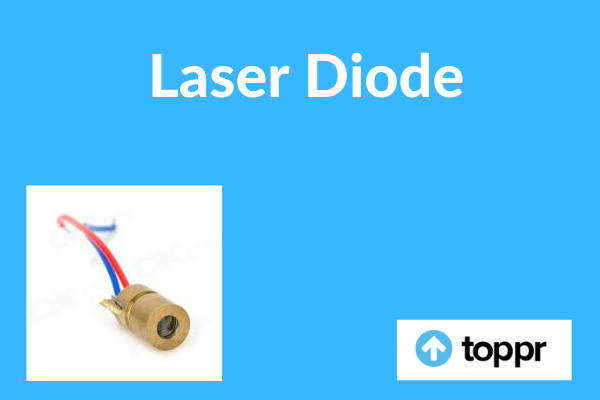Introduction:

Injection laser diodes are powerful semiconductor devices that are used in a variety of applications ranging from communication to sensing. They are highly efficient, compact, and relatively inexpensive, making them an attractive option for many different industries. In this blog, we will explore the key features and benefits of injection laser diodes, as well as their various applications.
What is an Injection Laser Diode?
An injection laser diode is a semiconductor device that produces coherent radiation, which means that all waves are at the same frequency and phase when current is passed through the device. This coherent radiation makes injection laser diodes highly useful for a range of applications, including optical communication, printing, and sensing.
The components of an injection laser diode include a p-n junction, which is a region where two types of semiconductor material meet. When current is applied to the p-n junction, it generates a flow of electrons and holes. These electrons and holes combine in the active region of the laser diode, which produces light.
Advantages of Injection Laser Diodes:
There are several advantages of using injection laser diodes over other types of lasers:
1. High Efficiency: Injection laser diodes are highly efficient at converting electrical energy into light energy, making them an attractive option for many different applications.
2. Compact Size: Injection laser diodes are manufactured from very thin slices of semiconducting material, which makes them small and lightweight.
3. Relatively Inexpensive: Injection laser diodes are relatively inexpensive compared to other types of lasers, making them more accessible to a wider range of industries.
Applications of Injection Laser Diodes:
Injection laser diodes are used in a wide range of applications, including:
1. Optical Communication: Injection laser diodes are used in fiber optic communication systems to transmit data over long distances.
2. Printing: Injection laser diodes are used in laser printers to create high-quality images and text.
3. Sensing: Injection laser diodes are used in sensing applications to detect changes in temperature, pressure, and other parameters.
Conclusion:
Injection laser diodes are an important semiconductor device that produces coherent radiation, making them highly useful for a range of applications. They are efficient, compact, and relatively inexpensive, making them an attractive option for many different industries. As technology continues to advance, it is expected that injection laser diodes will play an increasingly important role in the future.